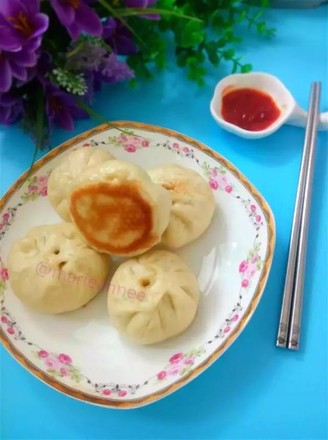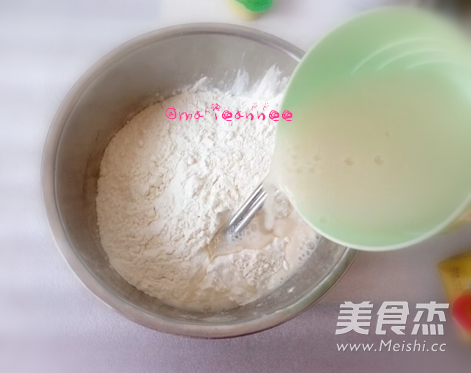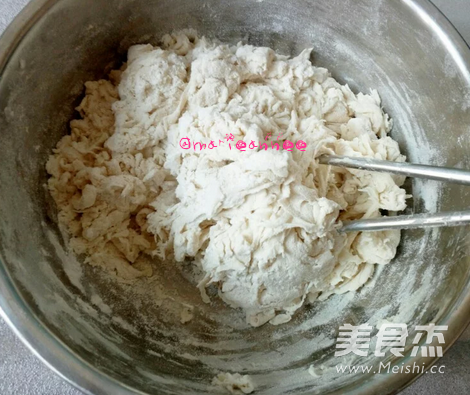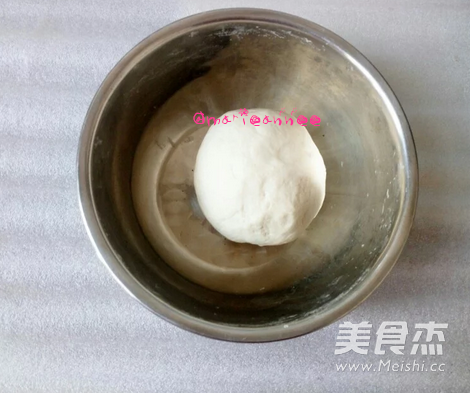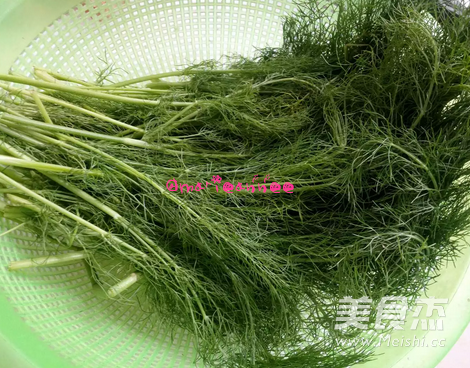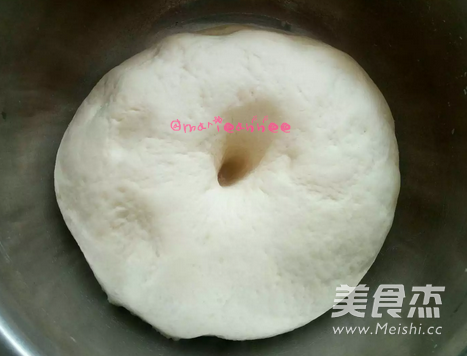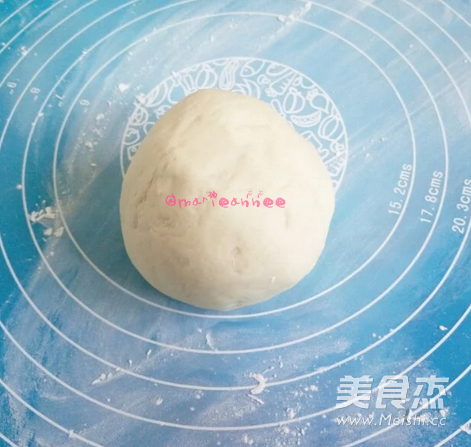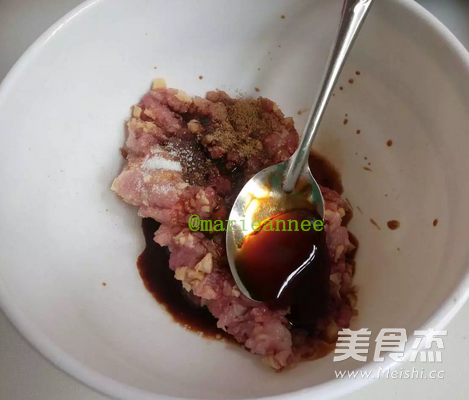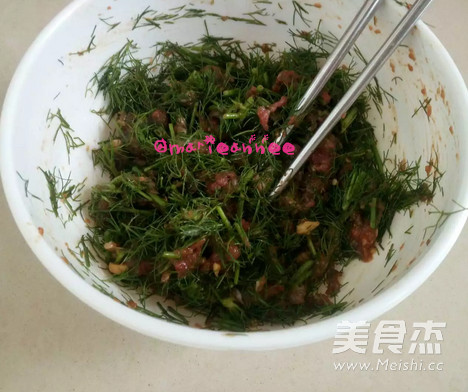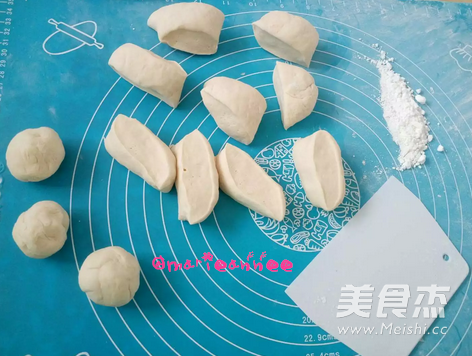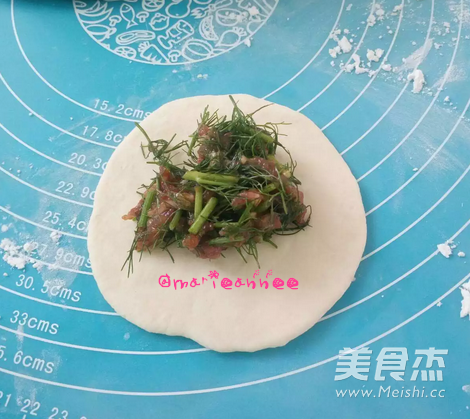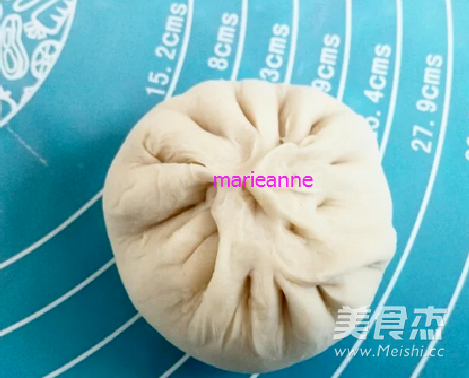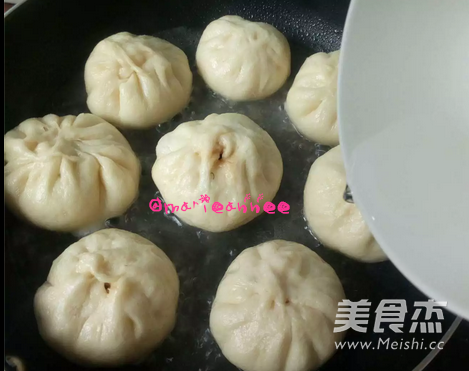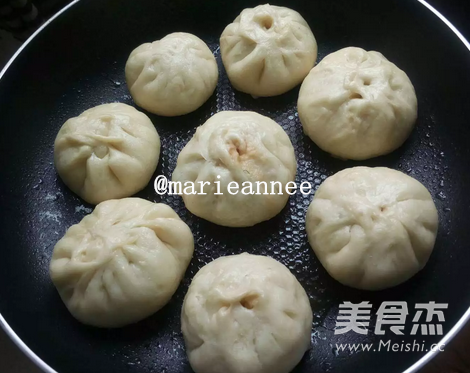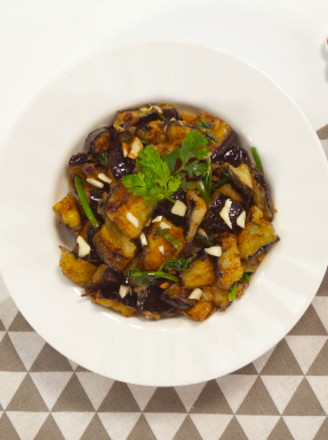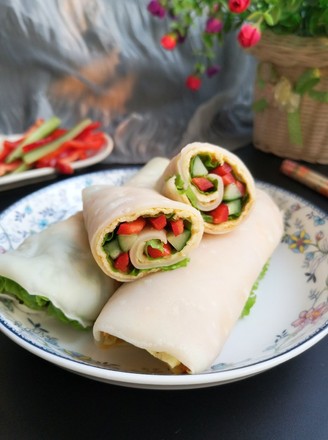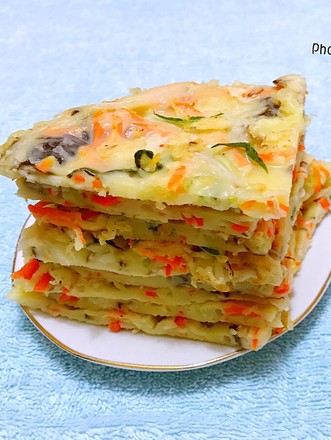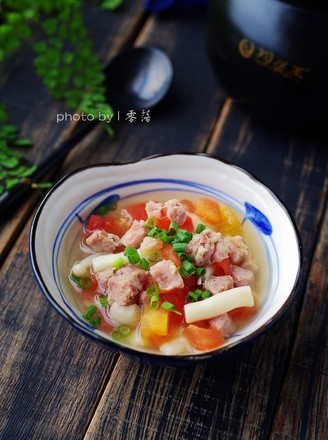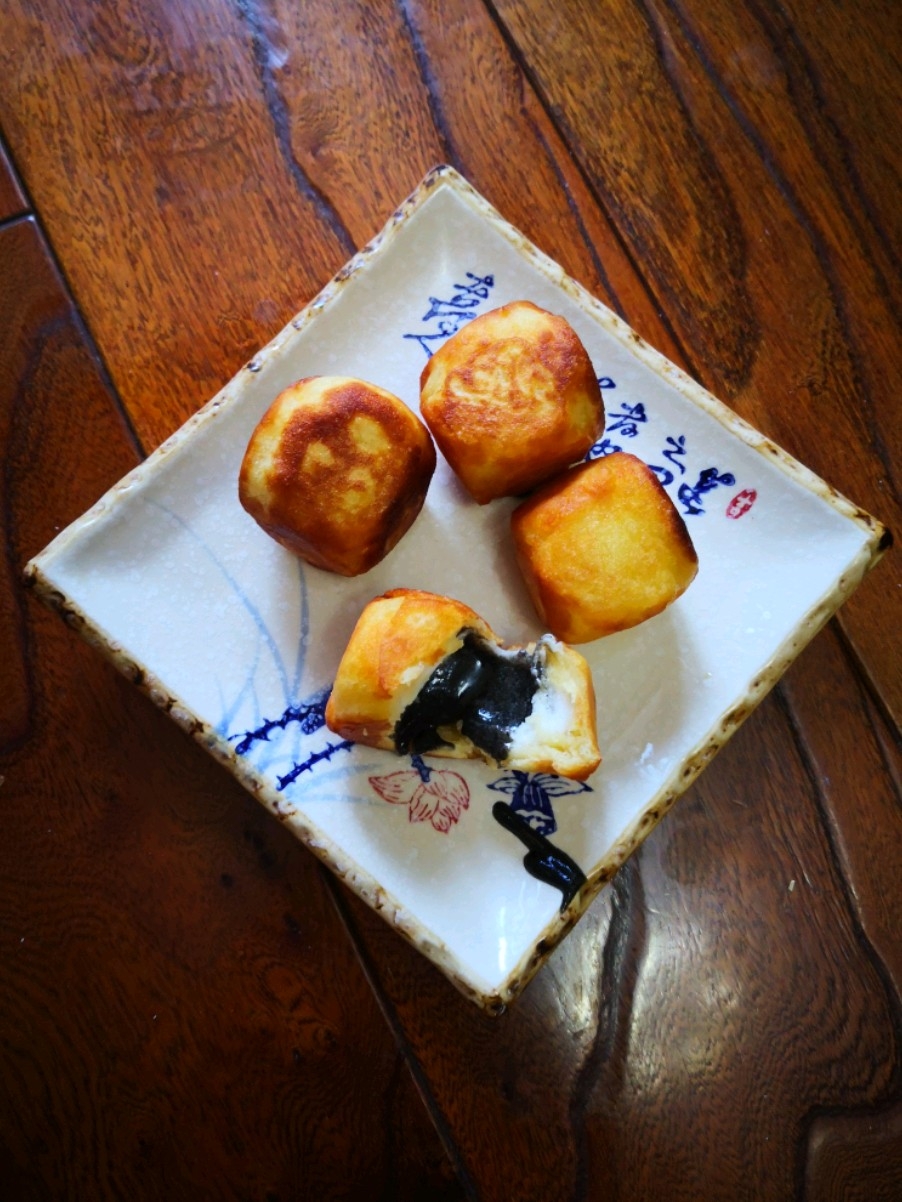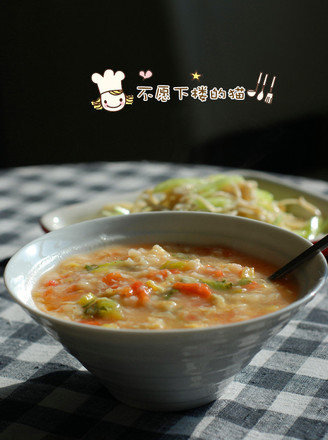Pan-fried Buns with Fennel and Meat Stuffing
by marieanne (from Tencent.)
Favorite
Difficulty
Easy
Time
15m
Serving
4
Fennel is also known as coriander, and its tender leaves are used as vegetables. The fruit is used as a spice and also for medicinal purposes. The roots, leaves and whole plants can also be used as medicine. Fennel is a kind of vegetable that people often eat in daily life. Many people like it very much because of its unique fragrance. However, I don't like the taste of fennel. I wonder if anyone is like me?
I remember one time when I took a bite of a bun I bought outside and found that it was stuffed with fennel. I felt sick at that time. I couldn't get used to the smell. But I know that fennel is rich in nutrients. Its main ingredient is fennel oil, which can stimulate gastrointestinal nerves and blood vessels, promote the secretion of digestive juice, increase gastrointestinal motility, strengthen the stomach and promote qi, and help relieve cramps and relieve pain. Anisene can promote the maturation of bone marrow cells and release them into the peripheral blood. It has a significant effect of increasing white blood cells, mainly neutrophils, and can be used for leukopenia. Fennel vegetable contains a lot of its vitamin C, B, carotene and various essential amino acids. It has health care effects such as warming the liver and stomach, warming the stomach, dispelling cold knots, and expelling wind and evil. The fennel seedlings are rich in nutrition and fragrant. It can be used to make dumplings, pancakes, and can also be used with meat, eggs, fungus, mushrooms, and shrimp Such a match. It is precisely because I know that fennel has so many nutritional benefits, I decided to try to get used to this unique scent slowly, and slowly make myself fall in love with this unusual fennel scent.
The first intersection between my hands and fennel was this pan-fried bun with fennel meat. The fennel in the vegetable garden outside the house is growing very well, all because of the diligent rain irrigation recently. Although it grows so well, none of our family likes to eat fennel. Most of them are cut back and chopped and fed to chickens, so I have to try it quickly, otherwise they will all be filled in the sacs of the chickens. I don't want to try
I remember one time when I took a bite of a bun I bought outside and found that it was stuffed with fennel. I felt sick at that time. I couldn't get used to the smell. But I know that fennel is rich in nutrients. Its main ingredient is fennel oil, which can stimulate gastrointestinal nerves and blood vessels, promote the secretion of digestive juice, increase gastrointestinal motility, strengthen the stomach and promote qi, and help relieve cramps and relieve pain. Anisene can promote the maturation of bone marrow cells and release them into the peripheral blood. It has a significant effect of increasing white blood cells, mainly neutrophils, and can be used for leukopenia. Fennel vegetable contains a lot of its vitamin C, B, carotene and various essential amino acids. It has health care effects such as warming the liver and stomach, warming the stomach, dispelling cold knots, and expelling wind and evil. The fennel seedlings are rich in nutrition and fragrant. It can be used to make dumplings, pancakes, and can also be used with meat, eggs, fungus, mushrooms, and shrimp Such a match. It is precisely because I know that fennel has so many nutritional benefits, I decided to try to get used to this unique scent slowly, and slowly make myself fall in love with this unusual fennel scent.
The first intersection between my hands and fennel was this pan-fried bun with fennel meat. The fennel in the vegetable garden outside the house is growing very well, all because of the diligent rain irrigation recently. Although it grows so well, none of our family likes to eat fennel. Most of them are cut back and chopped and fed to chickens, so I have to try it quickly, otherwise they will all be filled in the sacs of the chickens. I don't want to try

